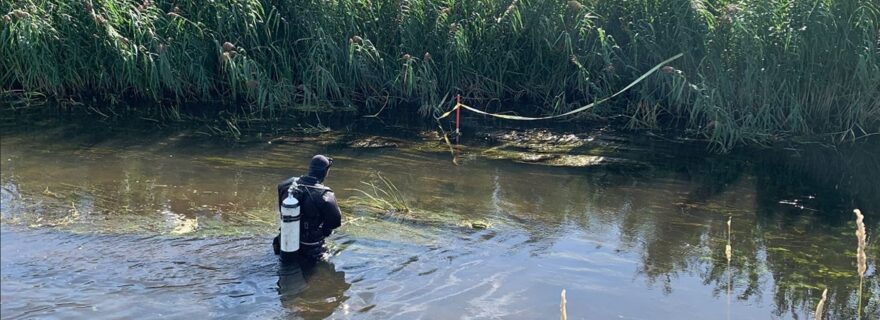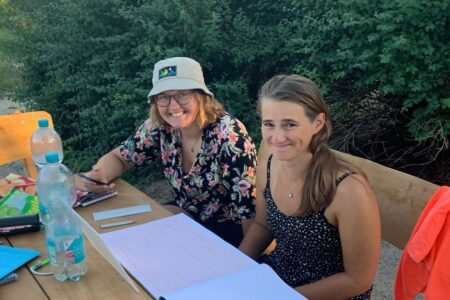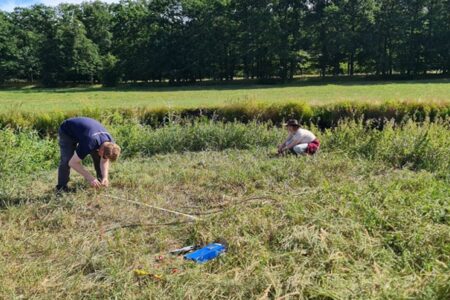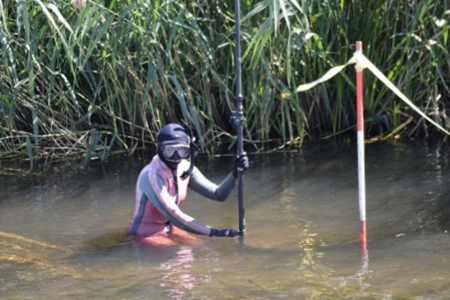A Battlefield under Threat: Research and Management of the Tollense Battlefield
The battle at the Tollense valley took place in 1300 BC, the Bronze age. The archaeological site now is being threatened by climate chance.
In 1996, a voluntary archaeologist found a bone of a man’s upper arm with a flint arrowhead embedded in it in the Tollense valley. During succeeding years, bones of over one hundred individuals have been found in this location. On many of these bones, old and new traces of trauma were visible: healed and recent wounds, caved in skulls, etcetera. Furthermore, swords, spearheads and arrowheads were found. The site summons up an image of a violent fight between men, some older, most of them in the prime of their life. The battle at the Tollense valley took place in 1300 BC, the Bronze age. Back then, this valley was a vast swamp with a small river in the middle. As it still is today. Several research projects were conducted in this valley, but the last few years these were suspended since the stakeholders could not agree upon a research strategy. However, now it is time to follow through and to form this strategy. Without a doubt, this is a spectacular site stretching for 4 kilometres, and on which many finds have been made so far. These consist of bronze objects and wooden constructions alongside human remains and weaponry. However, the site is being seriously threatened.
This is why not only archaeology plays an important part in this project, but also the research into these threats and possible measures for protection. For example, we do know that for many years the peat of the former swamp has been settling. Furthermore, since the 70s half of the protective upper layer above the ground layer of findings has disappeared. The effects of climate change worsen this situation. In August 2022, new research will finally be conducted in the Tollense Valley, this time with a dual goal: research and management. The research is led by State Office for Culture and Heritage Conservation Mecklenburg-Vorpommern in collaboration with Leiden University, University Rostock and University of Göttingen. Students from these universities gather knowledge during this collaboration above and under water, by excavating three locations (two on land, one underwater) and through collecting data about the various threats. With this data, a strategy for conservation and research for the coming years will be set up. The fieldschool itself will be organized during the coming years.
This is the first fieldschool to be carried out within an ERASMUS-collaboration between the universities of Rostock, Göttingen, and Leiden. The goal is to further build on and strengthen a European collaboration with a focus on research of climate effects on archaeological sites.
The following weeks posts on this fieldschool will be published on the Leiden Archaeology Blog.\






0 Comments
Add a comment